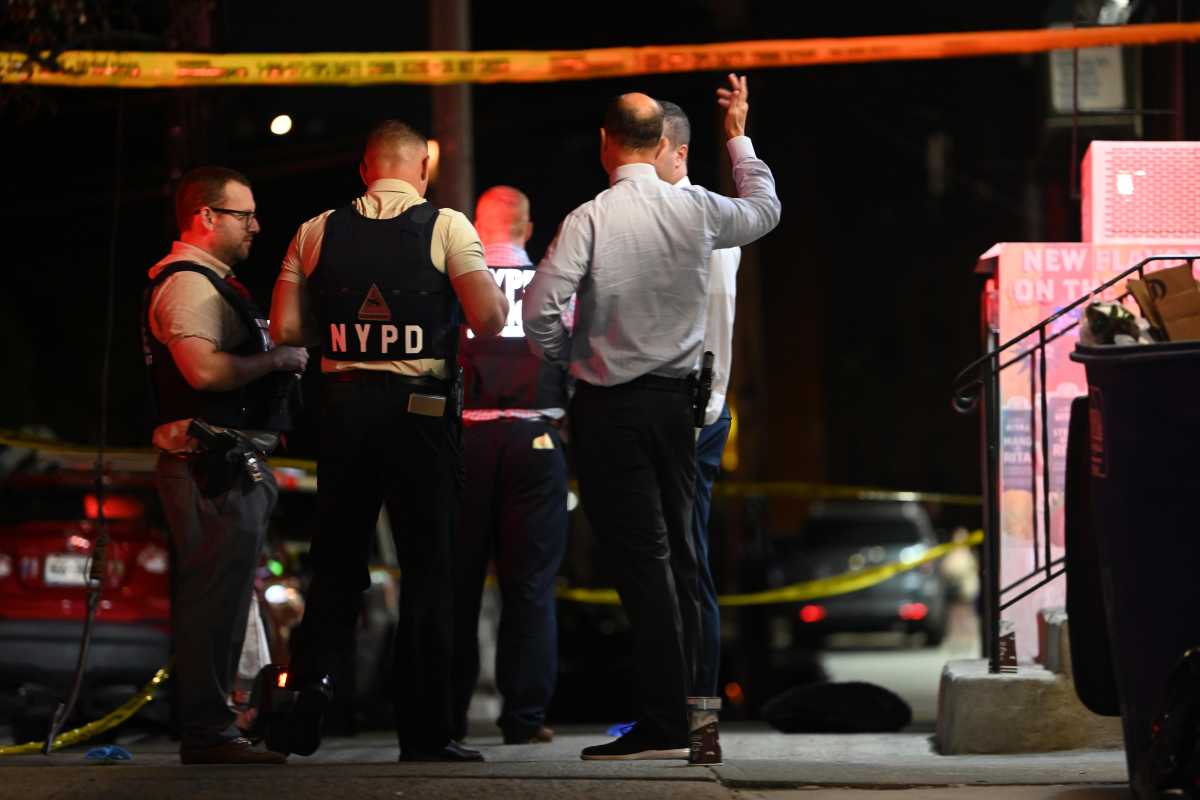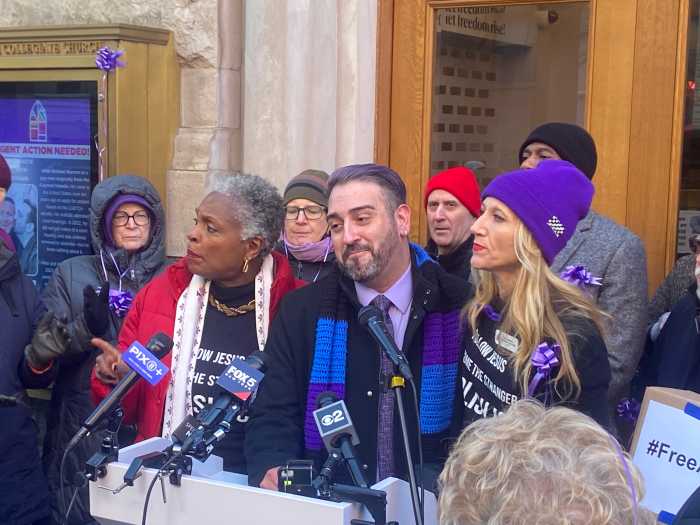A new audit from an inspection office released on Thursday found that the MTA needs to do more to warn riders against entering the tracks during train delays.
The MTA’s Office of the Inspector General’s (OIG) report said subway passengers are putting themselves in harm’s way when they leave a delayed train and walk onto the subway tracks—a dangerous move that the report said the MTA must do more to prevent.
Subway self-evacuations—in which individuals leave a train stuck between stations—occurred 46 times between 2015 and 2024, an average of about five per year, according to the report. In some cases, riders took matters into their own hands by exiting a train as soon as two minutes into a delay.
While delays are a source of frustration for many commuters, the audit notes that self-evacuation involves risks, including electrocution and collisions. Passengers who go onto the railbed without instruction risk serious injury or death from contact with trains or the high-voltage third rail.

The audit, however, found that self-evacuating incidents could be reduced with better communication between train crews and NYC Transit.
“It’s alarming that passengers are going onto the tracks, where they risk electrocution or getting hit by trains,” Inspector General Daniel Cort said. “Evacuation between stations should be an absolute last resort and only after receiving instructions and guidance from New York City Transit personnel or first responders.”
The audit began after the collision and derailment on the 1/2/3 line in Manhattan on Jan. 4, 2024. During that incident, some passengers on one of the derailed trains and two other trains that were stuck between stations chose to self-evacuate onto the tracks without any instructions from the crew or emergency responders to do so.
Shockingly, the audit found that riders who self-evacuated often did so soon after the delay began. In 18 of the reviewed incidents, passengers self-evacuated within 30 minutes of the start of the delay, the shortest interval before self-evacuation being a mere two minutes.
Although leaving a delayed train is up to the rider’s behavior, in many of the incidents that were analyzed, train crews did not remind passengers to remain on board or warn them of the dangers of self-evacuating.
In its report, the OIG made several recommendations for NYC Transit to combat self-evacuation on trains. These included making clearer announcements, raising awareness on the dangers of walking on the railbed, and giving passengers “clear and timely updates” regarding the situation.
NYC Transit officials said they accept the majority of the Inspector General’s recommendations.
“New York City Transit has not been shy about warning customers never to go on the tracks for any reason unless directed by emergency personnel,” Brian Lapp, MTA NYC Transit senior vice president of safety and security, said. “Self-evacuations, while exceedingly rare, are reckless, dangerous and severely impede service operations.”








































